AARP Hearing Center


Shingles is sneaky. It’s caused by the same virus as chickenpox — varicella-zoster — which lies dormant for decades in the body, ready to pounce.
“Our body gets it under control, but it never fully goes away and lives in our nerves,” says Ian Neel, M.D., assistant professor and director of geriatric medicine at University of California San Diego Health. “But as we age, our immune system wanes, and it puts us at higher risk of this virus breaking out of its cage and reactivating.”
In the U.S., 1 in 3 people will get shingles, usually after age 50, with the risk of complications climbing sharply after age 60. Since the risk rises with age, half of those who live to 85 will experience at least one episode.
Shingles’ most common symptom is an angry, blistering rash. And about 10 to 18 percent of people who develop that rash will also experience a complication known as post-herpetic neuralgia, a condition that affects the nerve fibers and skin, causing burning, and sometimes incapacitating, pain that can last for months (or even years) after the rash disappears.
"That pain can be very severe, and it can have very big consequences,” says Juan Chiriboga, M.D., clinical assistant professor of family medicine at Keck School of Medicine of University of Southern California.
“Shingles rarely kills you,” adds William Schaffner, M.D., a professor of preventive medicine and infectious diseases at the Vanderbilt University Medical Center in Nashville, Tennessee. “But it can make you wish you were dead.”
Enter Shingrix, a vaccine approved by the U.S. Food and Drug Administration (FDA) in 2017. Unlike Zostavax, its predecessor, Shingrix is, in the words of Schaffner, “spectacularly effective.” The numbers support his claim: The two-dose course of Shingrix is 97 percent successful at preventing shingles in people in their 50s and 60s, and 91 percent successful for those in their 70s and older. (That protection stays at over 85 percent in people 70-plus for four years after they get the vaccination.) What’s more, studies suggest the vaccine may also lower the risk of shingles-related strokes in older adults.



























































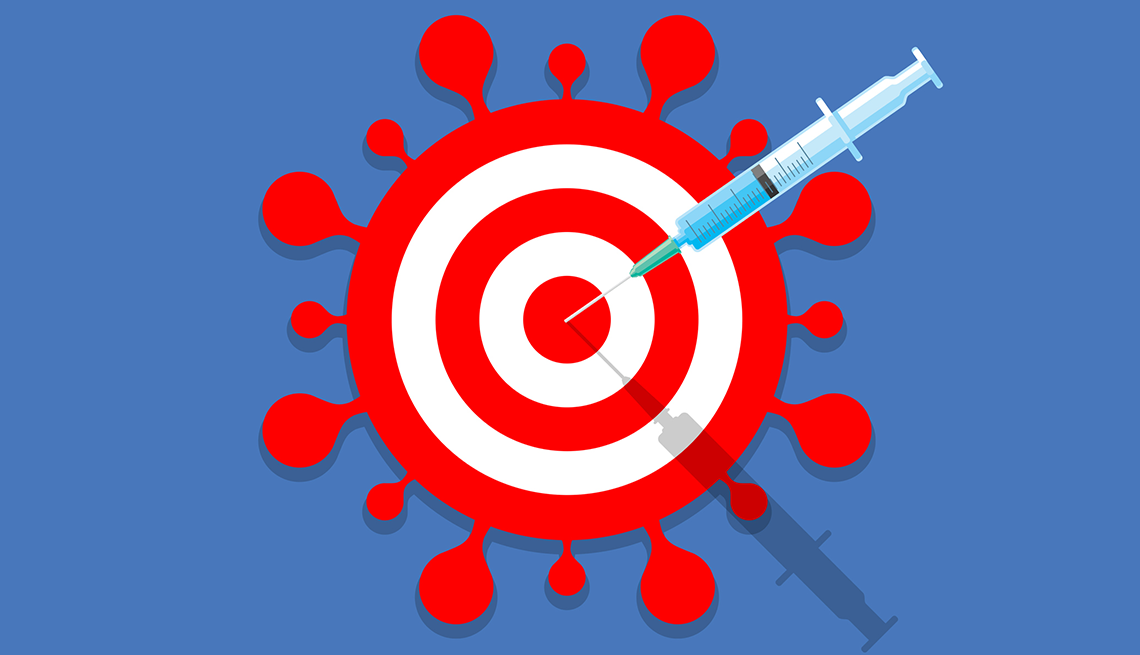


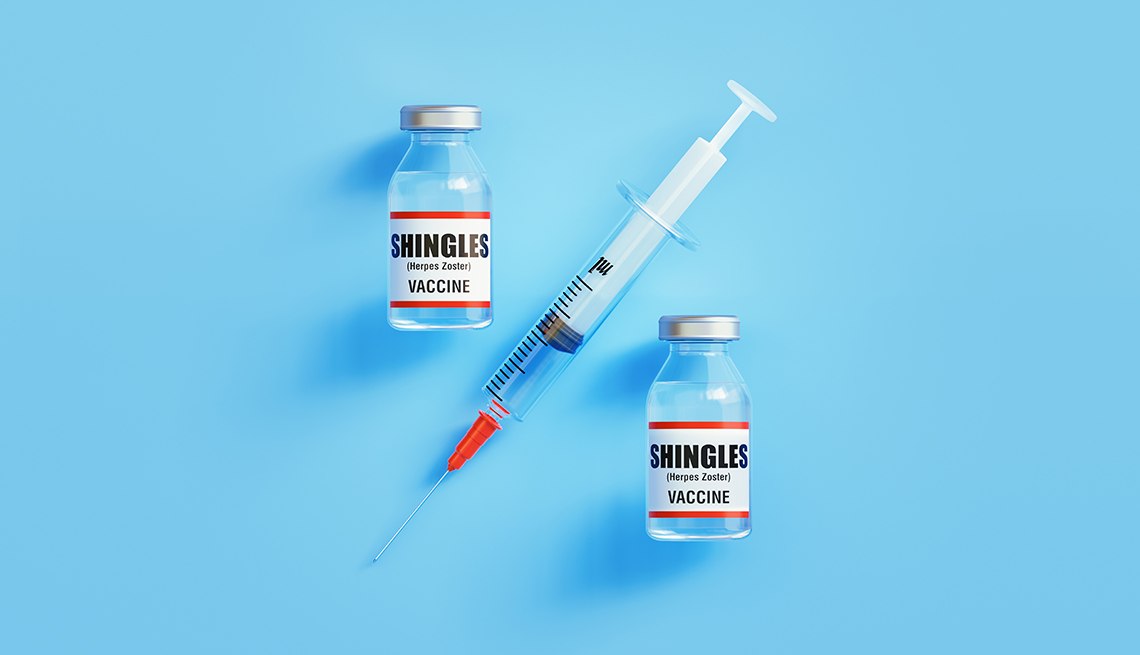
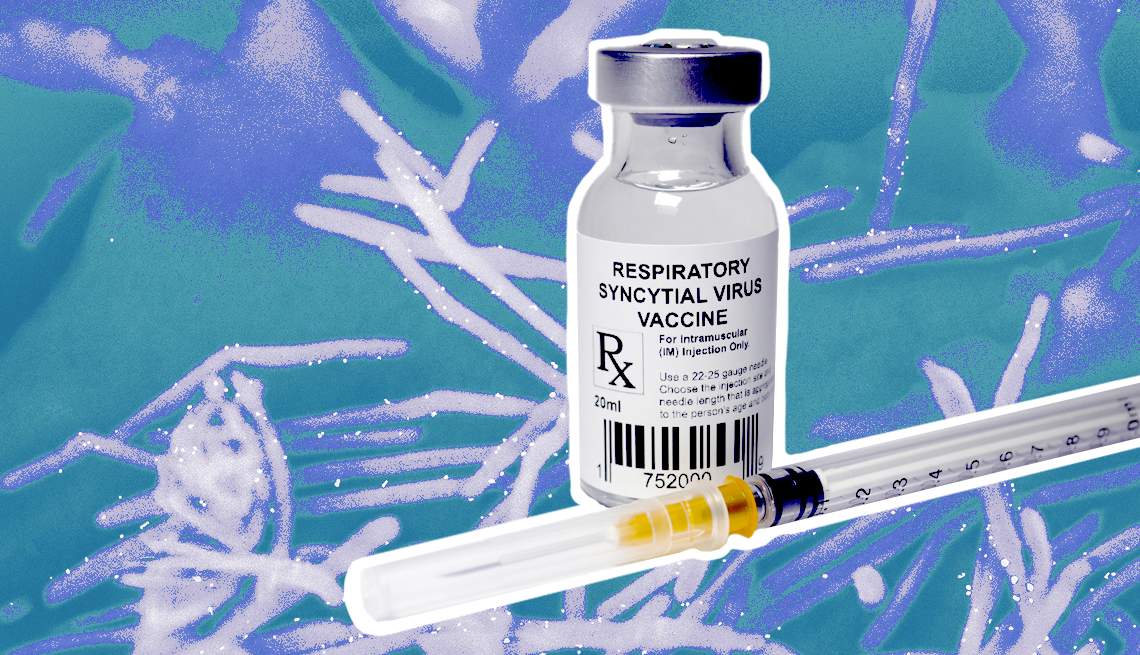
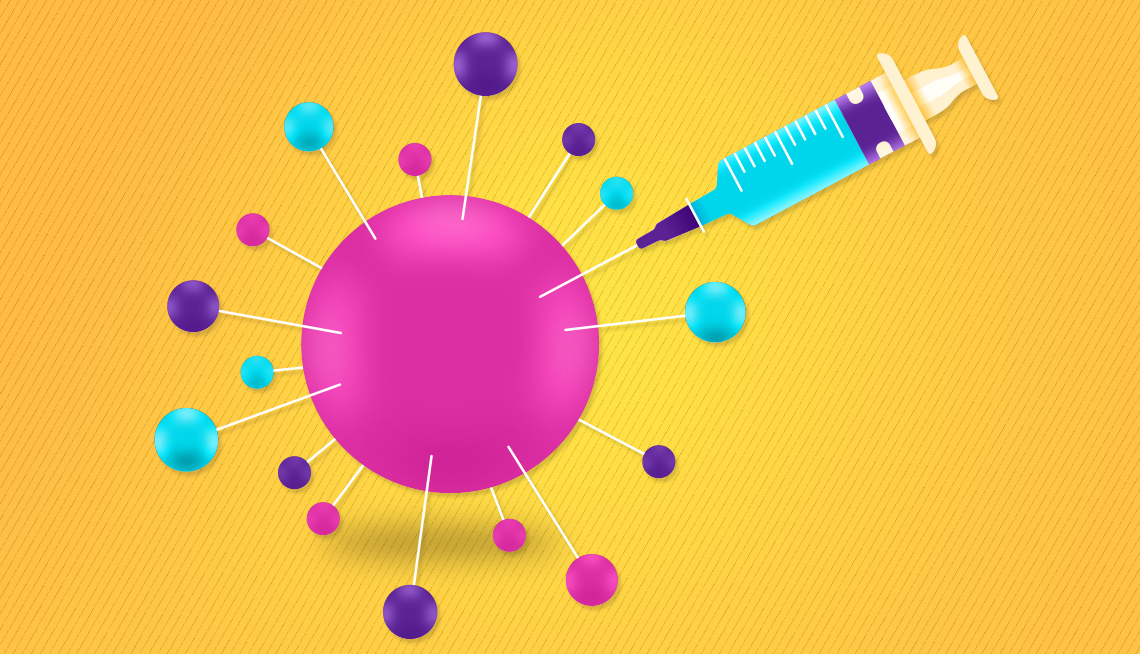
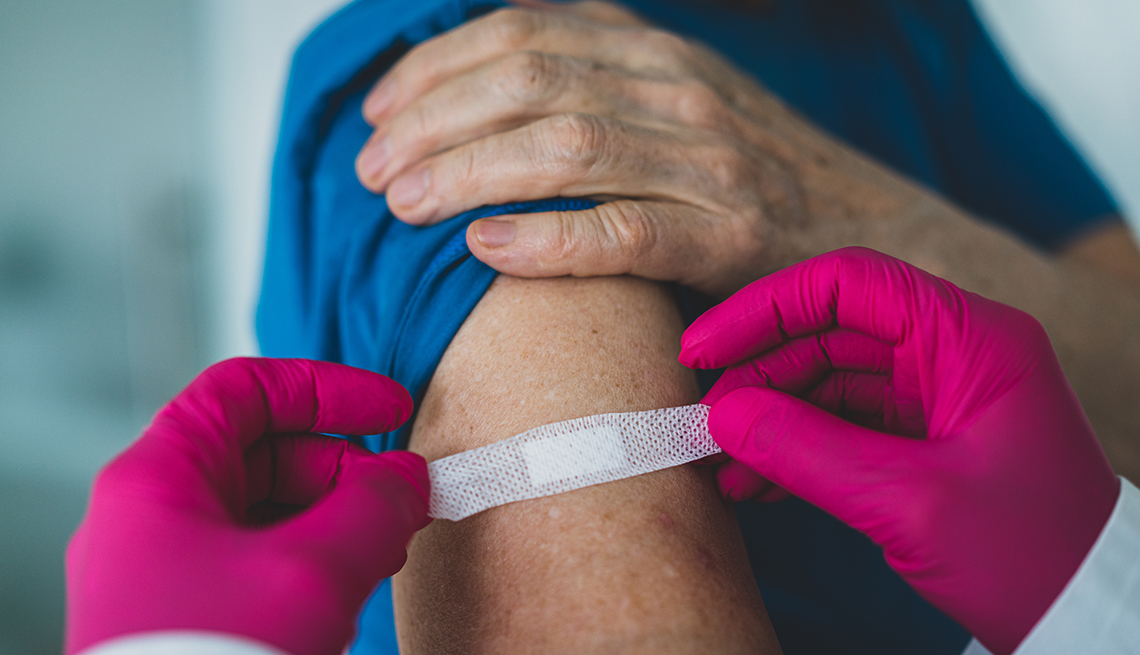
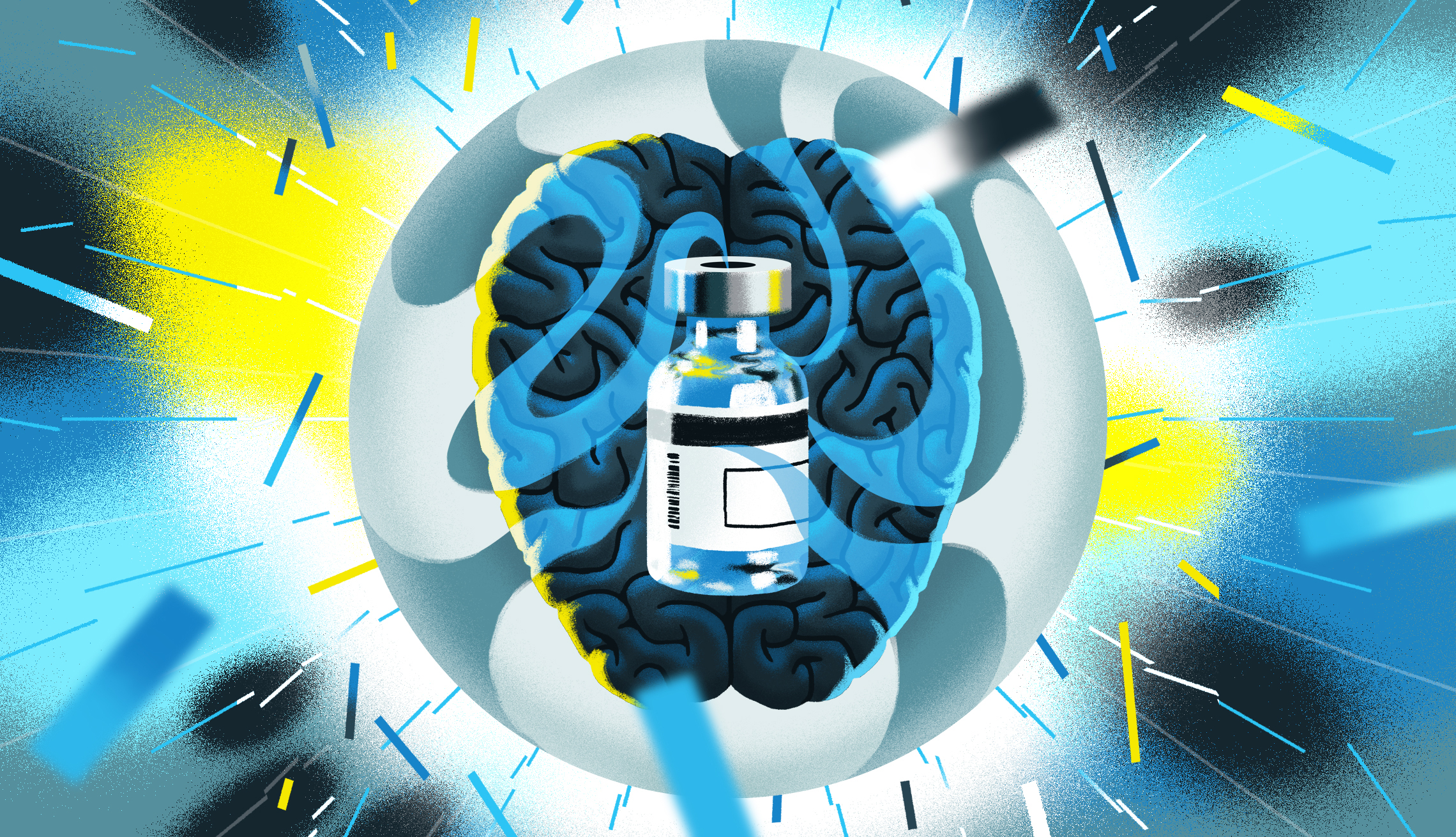
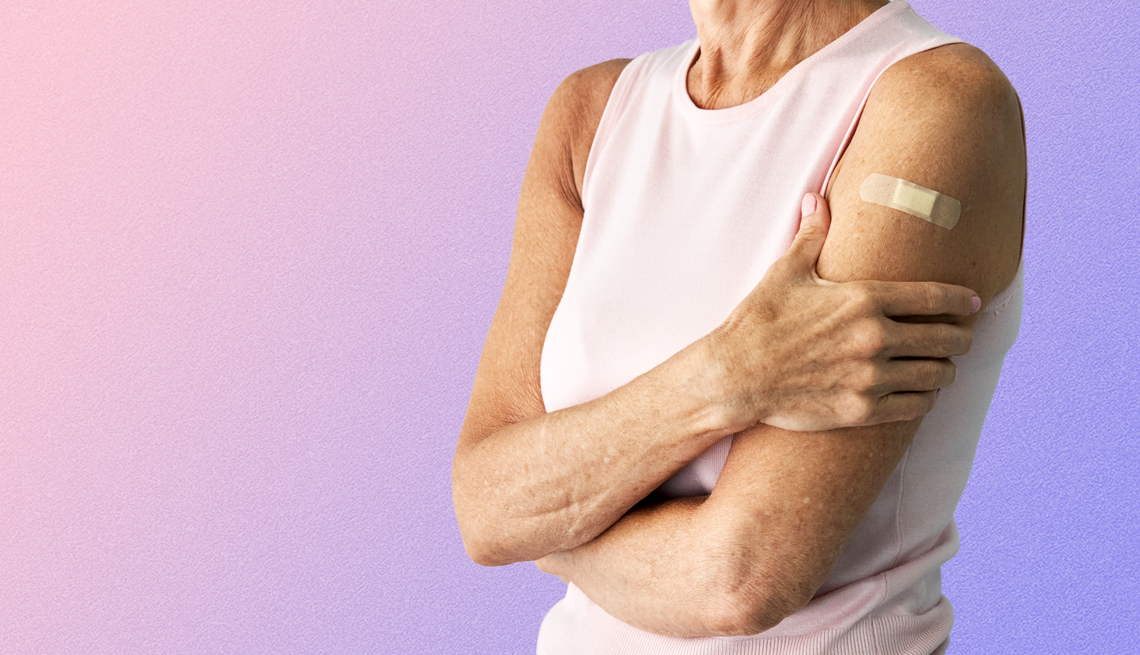

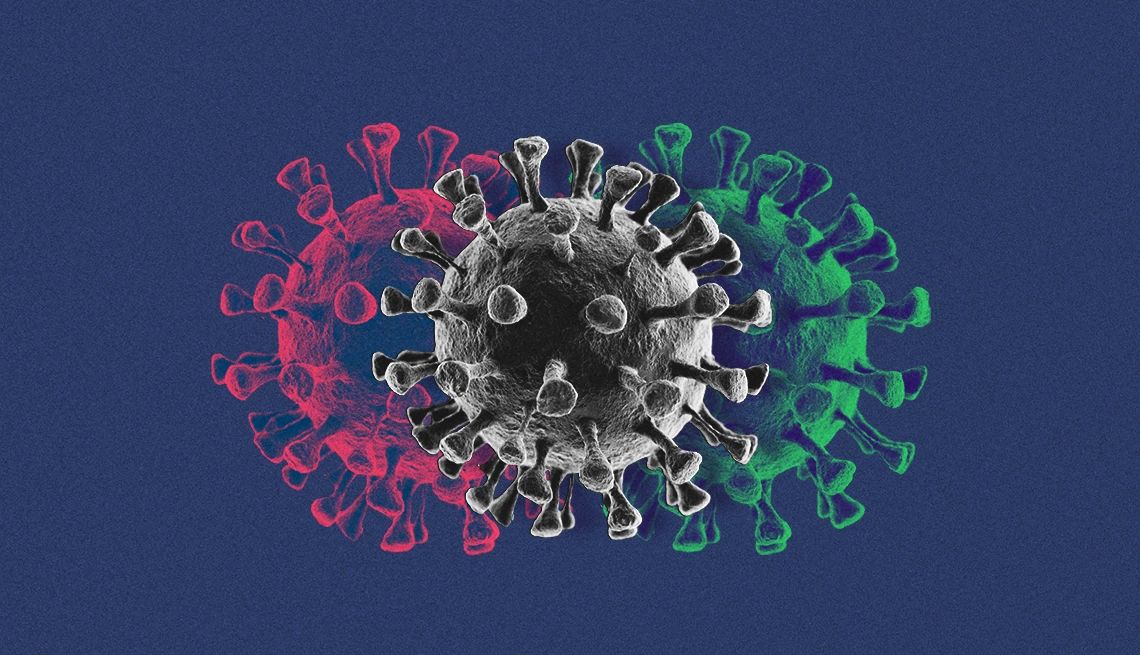

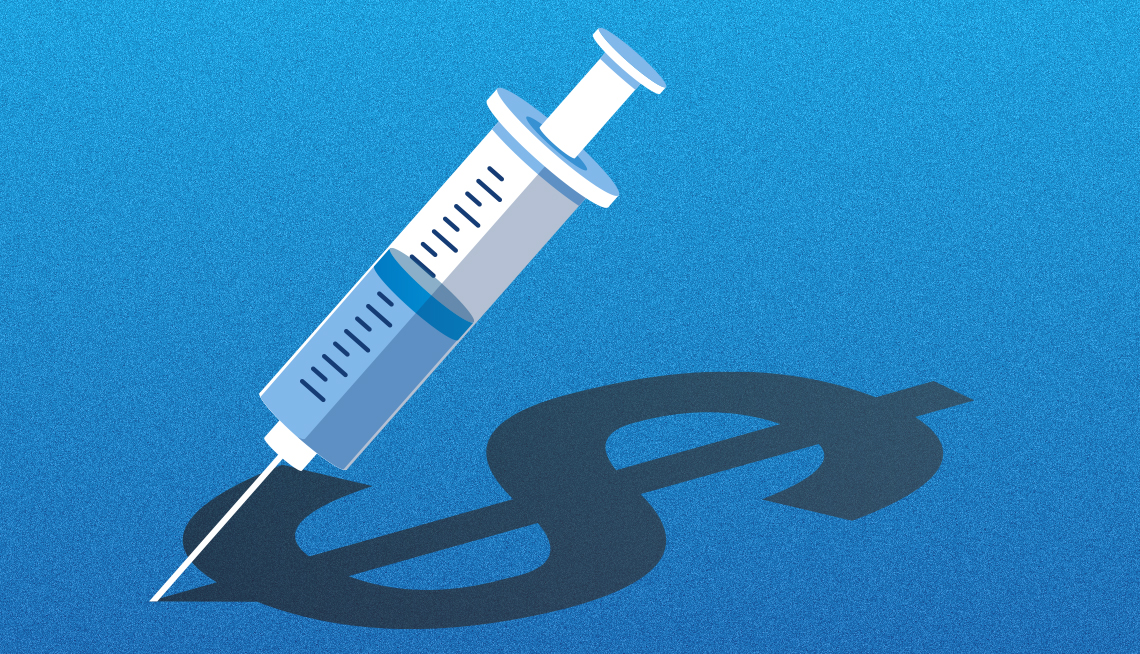

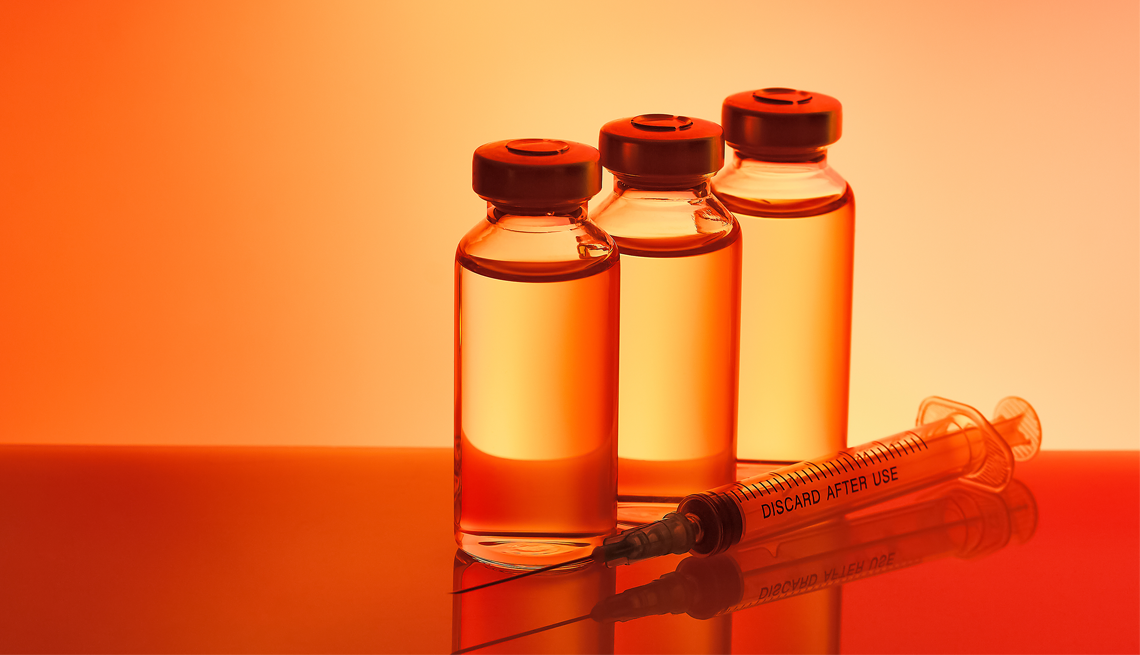






More on Health
A Combo COVID-Flu Vaccine Could Be Here Soon
A single shot could boost immune response and vaccination ratesCan Getting Vaccinated Lower Dementia Risk?
There’s growing evidence that getting your shots can lower dementia risk
What It’s Like to Catch COVID Over and Over
He’s had four bouts so far, and he says it has changed himRecommended for You